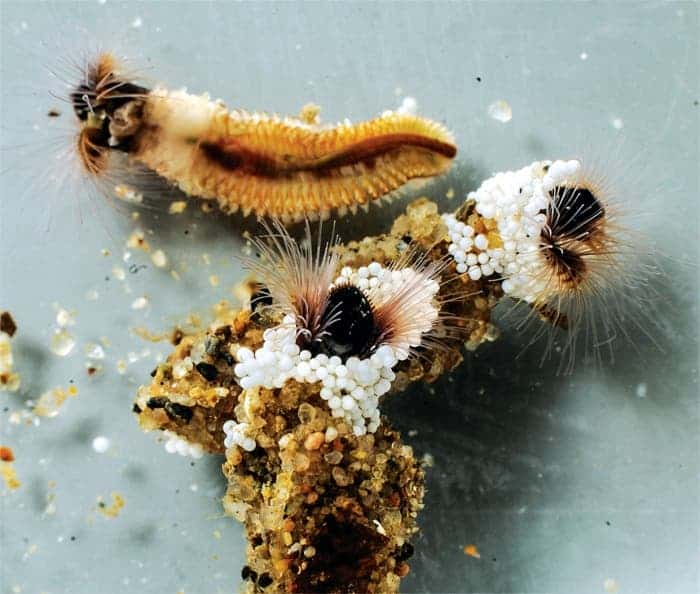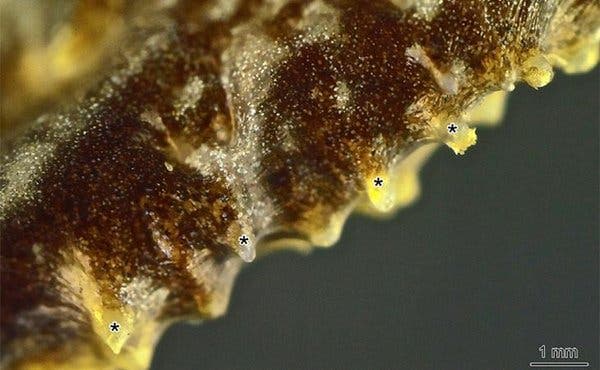If you’re working in a biology lab, you may want to consider firing some of your assistants and hiring some sandcastle worms; they’re pretty good chemists, able to, among others, biosynthesize glue components they use to build the underwater tubular shelters they call home. Now, researchers are creating adhesives inspired from these chemicals that might make surgeries safer or even block off blood vessels which feed cancerous tumors.

“It’s a classic example of borrowing successfully from nature,” comments biomedical sealants specialist Jeffrey M. Karp of Brigham & Women’s Hospital, Boston. “The Stewart group has taught the world how sandcastle worms achieve underwater adhesion and is now extending these discoveries to an approach that may find many practical solutions in medicine.”
The particular application they have in mind are in utero surgeries. Surgeries on developing fetuses are particularly delicate, and the amniotic membranes that protect fetuses in the womb can easily rupture. There are some issues with all adhesives used to treat these wounds; swell too much when they cure, which can cause damage to the delicate amniotic membranes. Others “are ineffective in the flexible, moist, and biochemically active conditions of the human body or are acutely cyotoxic,” says Nick Aldred of Newcastle University, in England, who is an expert on adhesives made by barnacles.
Basically, there is no fully satisfying solution for treating these injuries – and this is where sandcastle worms step in. Let’s get a little technical: highly charged polyelectrolyte glue components in different types of cells and then combine oppositely charged components enzymatically when constructing their shelters. Directly recreating these chemicals has been attempted, and was deemed not feasible, so researchers tried a different solution: they synthesized oppositely charged polyelectrolytes and combined them to form water-immiscible polymer solutions called complex coacervates. They then apply the coacervates to biological tissues and cross link them enzymatically to cure them into adhesives that bond to the tissues.
To simplify things, they didn’t recreate the natural enzymes, but used an analogous technique to develop oppositely charged polymers and then combined them together, binding them to biological tissues; it worked.
“Not only are the glues demonstrably effective, but they seem to cause little if any immune or cytotoxic response,” Aldred said. “In my view, they have a lot of potential and, importantly, could be economical to produce.”
So far, the results have been very encouraging.
“[They] have made astounding progress in quickly moving from understanding the key concepts of wet adhesion by the sandcastle worm to the point where they are able to synthesize a polymer that mimics it,” said Anne Marie Power of the National University of Ireland, who studies barnacle wet adhesion. “It could address a real surgical problem.”


